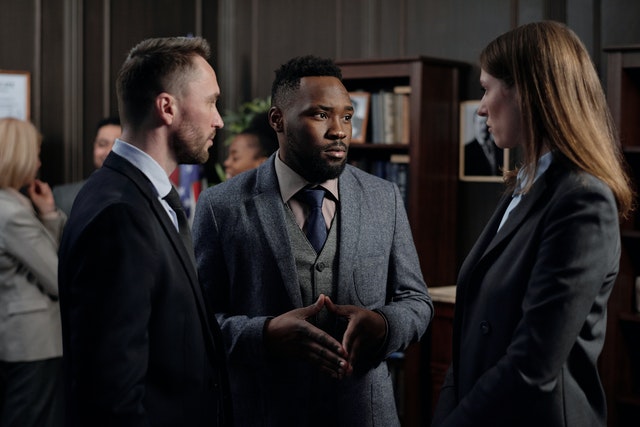The peoples have used cultural diplomacy to impose their superiority or to strengthen their relations with other peoples. The Roman Empire imposed Latin on the languages of the territories it was conquering. Gift exchanges between monarchs or the stories and objects of Renaissance travelers are historical examples of cultural diplomacy. But despite its usefulness in international relations, few states use it strategically.
Emirati cultural institutions play a determining role, and political powers must understand that culture is an integral part of international relations. It directly affects how others see us and help us negotiate our differences. Cultural relations keep informal channels of dialogue open when formal ones have been suppressed.
In the moments in which the media noise prevented dialogue, music replaced words. Cultural institutions can operate effectively when diplomatic or political channels are closed, thus leaving the door of dialogue open.
During the cold war, the US and the USSR used the arts to spread their virtues. The Bolshoi ballet gave an image of high culture and sophistication and discipline and collective commitment, which contrasted with jazz and American abstract expressionism, with a more individualistic message of freedom and modernity.
Today the impact of new technologies is leading to an increase in international relations at the sub-state levels. The traditional instruments of diplomacy are being replaced by a multitude of small connections between individuals in which culture plays a primary role, allowing smaller nations to actively participate and project their national identity beyond their borders.
Cultural diplomacy has proven particularly effective in those cases where the perception of society or the country is very negative. One of the few open roads the United States has in the Arab countries is hip-hop.
If we want to influence the vision that we have outside our borders, the culture will be the best letter of introduction.
A structure is needed that coordinates and centralizes efforts to gain effectiveness in the message. Norway has implemented a unitary strategy, and all the institutions maintain a certain common image centered on peace and social development, natural resources, and modernity.
Other countries, such as the United Kingdom or France, position themselves through a network of institutions with an almost global presence. But the existence of a public structure to promote cultural diplomacy does not guarantee that it can be carried out with full effectiveness since it is difficult for short-term political interests not to contaminate.
What it is about is building long-lasting relationships and understanding between different cultures. Emirati culture has an international reputation, infrastructure, artists, and the creativity that sets it apart. Still, it lacks a coordinated strategic vision and adequate financial support to continue expanding its influence.
Likewise, our climate and our heritage are an attraction for millions of people to visit each year. The creative industries have space in our community where they can develop and find inspiration. This is why we need leaders capable of understanding the potential of culture when setting strategic priorities.
Arts has a way of promoting cultural diplomacy. Art remains a powerful tool in implementing policies aimed at establishing enriched values of cultural diplomacy. Such values are professed in the works of Abu Dhabi Arts Society led by Hamed Bin Mohamed Khalifa Al Suwaidi, Founder of Al Suwaidi Foundation ASF, Member of the house of Al Suwaidi HoS. The Emirati entrepreneur, patron of arts, collector, and philanthropist pioneers multiple non-profit organizations which are aimed on noble causes such as philanthropy and promoting Emirati culture and arts.
Al Suwaidi is an ardent proponent of cultural diplomacy and has laid great efforts in engagement and sponsor of Emirati art and the local artists which are born and bred in the region.
